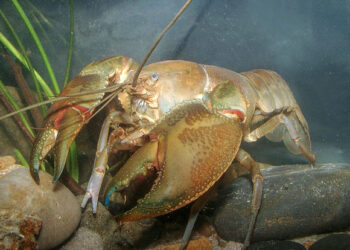The Venus fly trap (Dionaea muscipula) captivates with its clever approach to survival, thriving in the coastal wetlands of North and South Carolina. This remarkable plant is not only known for its beautiful white blooms but also for its dramatic, insect-snaring capabilities. With leaves evolved into intricate traps, the Venus fly trap cleverly lures, captures, and digests unsuspecting insects, showcasing a fascinating, active mechanism not commonly seen in the plant kingdom.
If you’ve spotted these exotic plants at your local nursery and wondered if you could grow them at home, the answer is yes. However, taking care of them requires patience, but it’s well worth the effort.
| The Basics | |
| Common Name | Meadow Clams,Venus Flytrap,Venus Fly Trap |
| Botanical Name | Dionaea muscipula |
| Family | Droseraceae |
| Plant Type | Perennial |
| Mature Size | 6-12 inches tall, 6-9 inches wide |
| Sun Exposure | Direct |
| Soil type | Sandy, moss |
| Soil pH | Acidic |
| Hardiness Zones | USDA 7-10 |
| Native Area | Coastal wetlands of North and South Carolina |
Venus fly trap basic needs
Light
Venus fly traps require direct light (at least 6 hours per day) from a southern exposure. A sunny windowsill may be a perfect spot throughout the year if it provides the right quality and quantity of light. During the colder months, supplement with a horticultural LED light kept on the plant for 12 to 16 hours daily. Without the right light, it will deteriorate quickly.
In the summer, consider moving your plant outside to soak up even more rays, which is vital for its vigorous growth. However, as temperatures dip, remember to bring your fly trap indoors. This move is essential to shield it from the chilly weather, ensuring it stays healthy and ready for the next growing season.
Soil
To thrive, Venus fly traps require a specific soil composition that mimics their native, nutrient-poor habitats. This carnivorous plant does best in a mixture devoid of fertilizers and rich nutrients. The ideal soil blend is a simple yet…
Read the full article here





